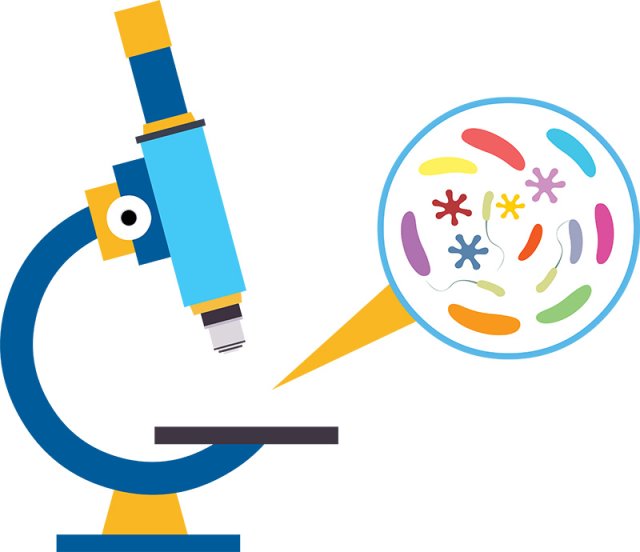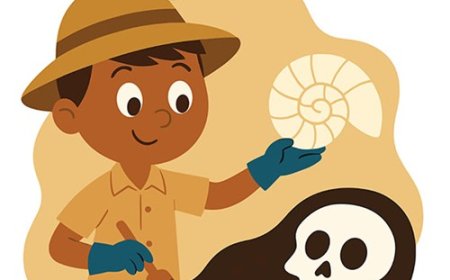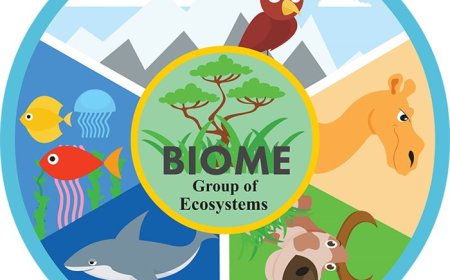Animal Cell for Students – Structure, Function, and Organelles
Learn about animal cells, the parts that make them work, and why they are important to all living organisms. Explore the cell membrane, nucleus, mitochondria, and more.

🧬 The Animal Cell: The Building Block of Life
SEO Title: Animal Cell for Students – Structure, Function, and Organelles
SEO Description: Learn about animal cells, the parts that make them work, and why they are important to all living organisms. Explore the cell membrane, nucleus, mitochondria, and more.
Slug: animal-cell-for-students
Keywords: animal cell, animal cell parts, cell structure, cell organelles, animal cell function, life science for kids
🐾 Introduction
All living things—from tiny insects to giant elephants—are made up of cells. Cells are the basic units of life. In animals (including humans), the body is made up of millions to trillions of animal cells, each with its own job to do.
Animal cells are tiny, but inside they contain many parts called organelles that help the cell stay alive and perform its functions. These organelles work like the organs in your body, each doing a specific task to keep the cell healthy.
In this article, you’ll learn what an animal cell is, what its parts are called, and what each one does.
🔬 What Is an Animal Cell?
An animal cell is a eukaryotic cell, meaning it has a nucleus and other structures surrounded by membranes. Animal cells are not the same as plant cells—they do not have a cell wall or chloroplasts (used in photosynthesis).
Even though animal cells are microscopic (too small to see without a microscope), they are complex and full of activity. Every cell in your body plays a role, whether it's helping you move, digest food, think, or grow.
🧪 Key Parts of an Animal Cell (Organelles)
Here are the main parts of an animal cell and what each one does:
1. Cell Membrane
- A thin, flexible barrier that surrounds the cell
- Controls what enters and leaves the cell (like food, water, and waste)
- Helps protect the cell from its environment
2. Nucleus
- The “brain” of the cell
- Contains DNA, the instructions for the cell's activities
- Controls growth, repair, and reproduction
3. Cytoplasm
- A jelly-like fluid that fills the cell
- Holds the organelles in place and allows them to move around
4. Mitochondria
- Known as the “powerhouse” of the cell
- Produces energy from food through a process called cellular respiration
5. Endoplasmic Reticulum (ER)
- A network of tubes that transports materials through the cell
- Rough ER has ribosomes attached (makes proteins)
- Smooth ER helps make fats and detoxify chemicals
6. Ribosomes
- Tiny dots found floating in the cytoplasm or attached to the rough ER
- Build proteins, which are used for growth, repair, and chemical reactions
7. Golgi Apparatus (Golgi Body)
- A structure that packages and ships proteins and other materials around or out of the cell
8. Lysosomes
- Small organelles filled with enzymes
- Break down waste, old cell parts, or invading bacteria
9. Centrioles
- Help with cell division (mitosis)
- Organize the movement of chromosomes during reproduction of the cell
📊 Summary Table: Animal Cell Organelles
| Organelle | Function |
|---|---|
| Cell Membrane | Controls what enters/leaves the cell |
| Nucleus | Controls the cell, holds DNA |
| Cytoplasm | Jelly-like fluid, holds organelles |
| Mitochondria | Makes energy (ATP) from food |
| Endoplasmic Reticulum (ER) | Transports materials |
| Ribosomes | Make proteins |
| Golgi Apparatus | Sorts and ships materials |
| Lysosomes | Break down waste |
| Centrioles | Help with cell division |
🧠 Vocabulary Words
| Word | Definition |
|---|---|
| Cell | The basic unit of life |
| Organelles | Tiny structures inside a cell that do specific jobs |
| Nucleus | The control center of the cell that contains DNA |
| Mitochondria | Organelles that produce energy from food |
| Ribosome | Small organelle that makes proteins |
| Cytoplasm | Jelly-like fluid that fills the cell |
| Lysosome | An organelle that breaks down waste materials |
| Cell membrane | A thin layer that surrounds and protects the cell |
🧬 How Animal Cells Work
Animal cells must work together to keep an organism alive. Some cells are specialized, meaning they have unique shapes and structures to do special jobs. For example:
- Muscle cells help your body move
- Nerve cells send messages through your body
- Skin cells protect you from injury and infection
All these cells still share the same basic structure, but each type is adapted for a different task.
🔍 Animal vs. Plant Cells
Animal cells and plant cells have a lot in common, but there are some key differences:
| Feature | Animal Cell ✅ | Plant Cell 🌱 |
|---|---|---|
| Cell Wall | ❌ No | ✅ Yes |
| Chloroplasts | ❌ No | ✅ Yes |
| Shape | Round/Flexible | Rectangular/Rigid |
| Large Central Vacuole | ❌ Small vacuoles | ✅ One large vacuole |
Plant cells can make their own food using photosynthesis in chloroplasts, which animal cells cannot do.
🧒 Kid-Friendly Summary
Animal cells are like tiny factories inside your body. They have special parts called organelles that do different jobs. The nucleus is the boss, the mitochondria make energy, and the ribosomes build proteins. All these parts work together to keep the cell—and you—alive and healthy!
🎯 Interactive Quiz
1. What part of the animal cell controls everything and holds the DNA?
A) Mitochondria
B) Nucleus ✅
C) Ribosome
D) Cytoplasm
2. What is the jelly-like fluid that fills the cell?
A) Nucleus
B) Golgi
C) Cytoplasm ✅
D) Lysosome
3. Which organelle is known as the "powerhouse" of the cell?
A) Ribosome
B) Mitochondria ✅
C) Nucleus
D) Cell membrane
4. What do ribosomes do?
A) Break down waste
B) Control the cell
C) Make proteins ✅
D) Store water
5. Which part packages and ships materials in the cell?
A) Golgi Apparatus ✅
B) Cell membrane
C) Lysosome
D) Centriole
🌟 Interesting Facts About Animal Cells
- Human bodies have about 37 trillion cells—and most of them are animal cells!
- Cells can be seen only under a microscope—they’re too small for the naked eye.
- Your brain cells can live your entire lifetime—but skin cells get replaced every few weeks.
- Mitochondria have their own DNA and may have once been independent organisms!
- The word “cell” was first used by Robert Hooke in 1665 when he looked at cork under a microscope.
📘 Key Takeaways
- Animal cells are the basic building blocks of all animals, including humans.
- They have many parts called organelles, each with a special function.
- The nucleus controls the cell, the mitochondria make energy, and the ribosomes make proteins.
- Animal cells are different from plant cells because they do not have a cell wall or chloroplasts.
- Learning about cells helps us understand how the human body and all life forms function.






















































